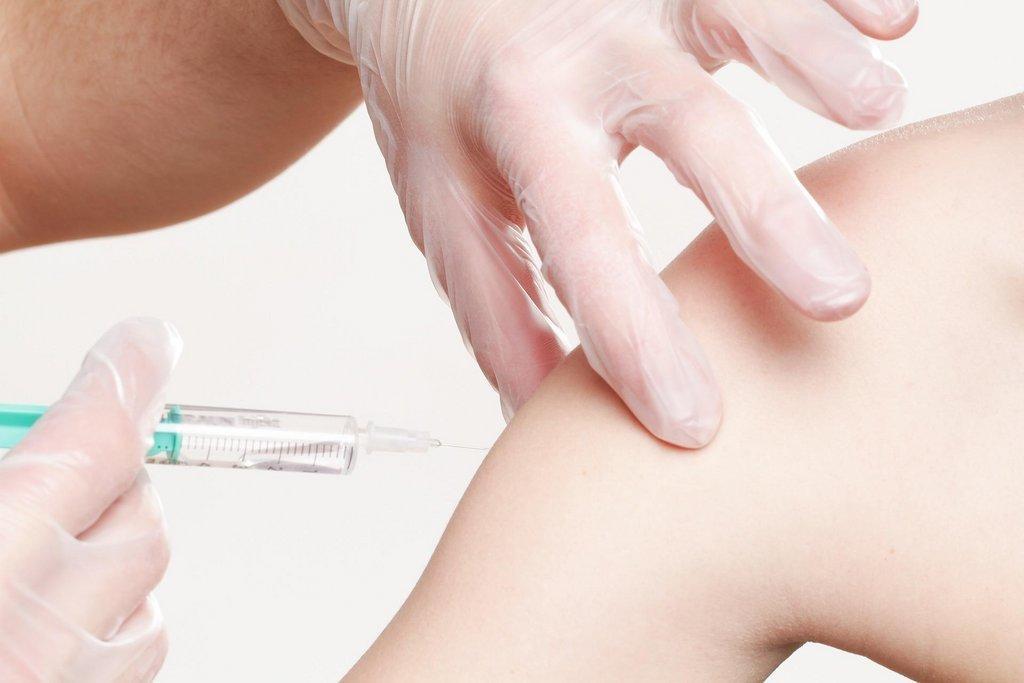The Southeast Utah Health Department (SEUHD) released the current information and plan for the COVID-19 vaccine, with information given by Dr. Jacob Powell, the Emergency Physician of the SEUHD and Castleview Hospital.
Dr. Powell stated that there have been over 250,000 cases of COVID-19 in Utah. He then explained that the mRNA vaccine does not use pieces of a virus, but instead utilizes cells to create proteins that are on a virus. Those are specific so that when the body comes in contact with the virus, it can recognize and combat it.
In this case, according to Dr. Powell, no actual pieces of the virus are used and the body can create its own response. The technology for creating mRNA vaccines has been around for a couple of decades yet has not been widely utilized until COVID-19.
This particular vaccine can be manufactured quickly and effectively and has been proven safe and effective in many trials, Dr. Powell said. Emergency use authorization was given for COVID-19, meaning that in an emergency, medicines and vaccines that have proven safe can be utilized without the traditional, prolonged process.
Dr. Powell explained that the vaccine doses can be given to the American people at no extra cost. Those given through the SEUHD and hospital are provided through the US government.
Currently, the COVID-19 vaccine being distributed in Southeast Utah requires two doses that must be administered within 28 days of one another. The vaccine should cause an inflammatory response to create the immunity to the virus and will cause reactions such as soreness at the injection site, fever, chills and fatigue, which is normal and expected after a vaccine, Dr. Powell said. He stated that, to date, vaccine responses have been mild.
Though it is subject to change, the timeline for vaccine distribution thus far began in mid-December and carries through January, with the first doses going to healthcare workers in high risk environments and other healthcare personnel such as clinics and pharmacy staff
Also being given the vaccine at this time is school staff, EMS, first responders and community health workers. Going into February and March, they will look to people that are in long-term healthcare facilities, individuals that are 75 and older, and Utah individuals with certain underlying medical conditions that may be at higher risk.
After that, in March through July, the vaccine will be administered to as much of the general population as possible. However, it was noted that recommendations may change as more doses are available. Up-to-date information may always be found here.


